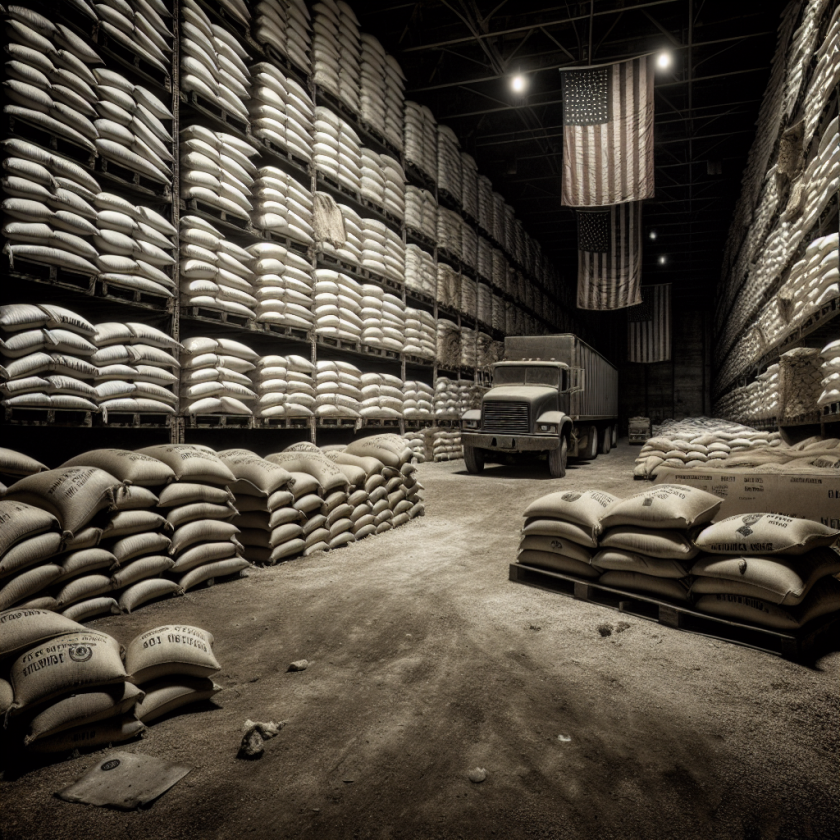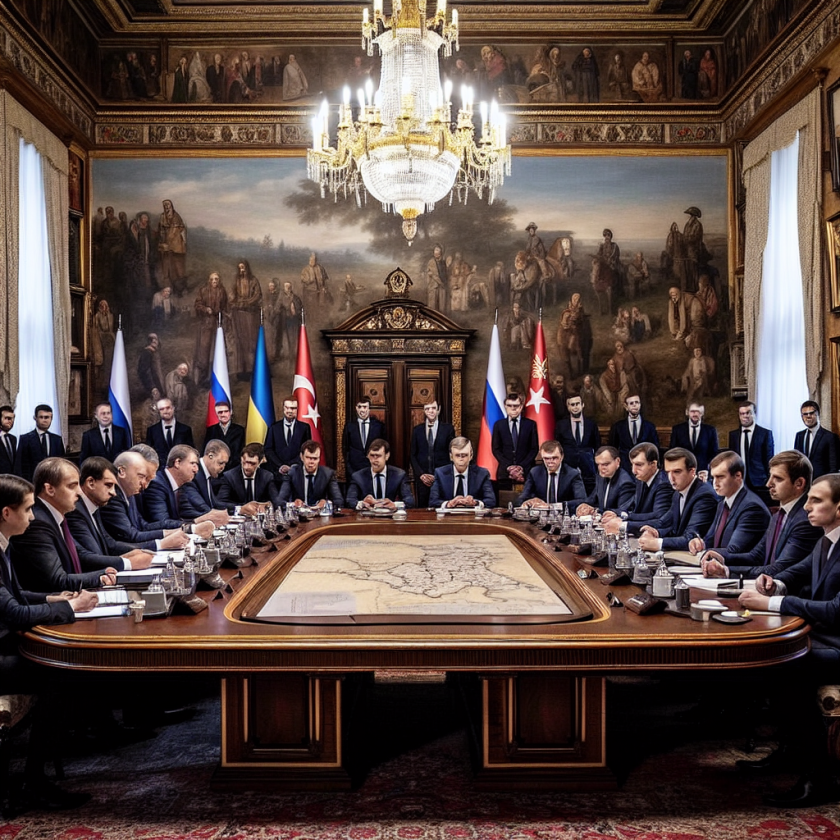Analysis: How Trump Redefined the Concept of Tariffs
Analysis: How Trump Redefined the Concept of Tariffs
Introduction to Trump’s Tariff Strategy
During his presidency, Donald Trump significantly altered the traditional understanding and application of tariffs in international trade. His approach was characterized by a departure from conventional economic policies, aiming to leverage tariffs as a tool for broader political and economic objectives.
Key Aspects of Trump’s Tariff Policy
- Economic Nationalism: Trump used tariffs to promote domestic manufacturing and reduce dependency on foreign imports, aligning with his “America First” agenda.
- Trade Negotiation Tool: Tariffs were employed as a bargaining chip in trade negotiations, particularly with China, to address trade imbalances and intellectual property concerns.
- Unpredictability: The administration’s tariff announcements were often sudden and unpredictable, creating uncertainty in global markets.
- Political Messaging: Tariffs were used to rally political support among key voter bases, particularly in manufacturing and agricultural sectors.
Impact on Global Trade Dynamics
Trump’s tariff policies had significant repercussions on global trade dynamics, affecting relationships with key trading partners and altering supply chains.
- Strained Alliances: Traditional allies, including the European Union and Canada, faced tariffs, leading to tensions and retaliatory measures.
- Shift in Supply Chains: Companies began to diversify supply chains to mitigate the impact of tariffs, leading to shifts in global manufacturing hubs.
- Market Volatility: The unpredictability of tariff announcements contributed to market volatility and uncertainty in international trade.
Long-term Implications
The redefinition of tariffs under Trump’s administration has left a lasting impact on U.S. trade policy and global economic strategies.
- Policy Precedent: Future administrations may continue to use tariffs as a strategic tool beyond traditional economic purposes.
- Global Trade Relations: The approach has prompted other nations to reconsider their trade policies and alliances.
- Economic Debate: The effectiveness and consequences of using tariffs in this manner remain a topic of debate among economists and policymakers.
Conclusion
Donald Trump’s redefinition of tariffs marked a significant shift in U.S. trade policy, utilizing them as a multifaceted tool for economic and political leverage. While this approach has had mixed results, it has undeniably reshaped the landscape of global trade and set a precedent for future policy considerations.







































